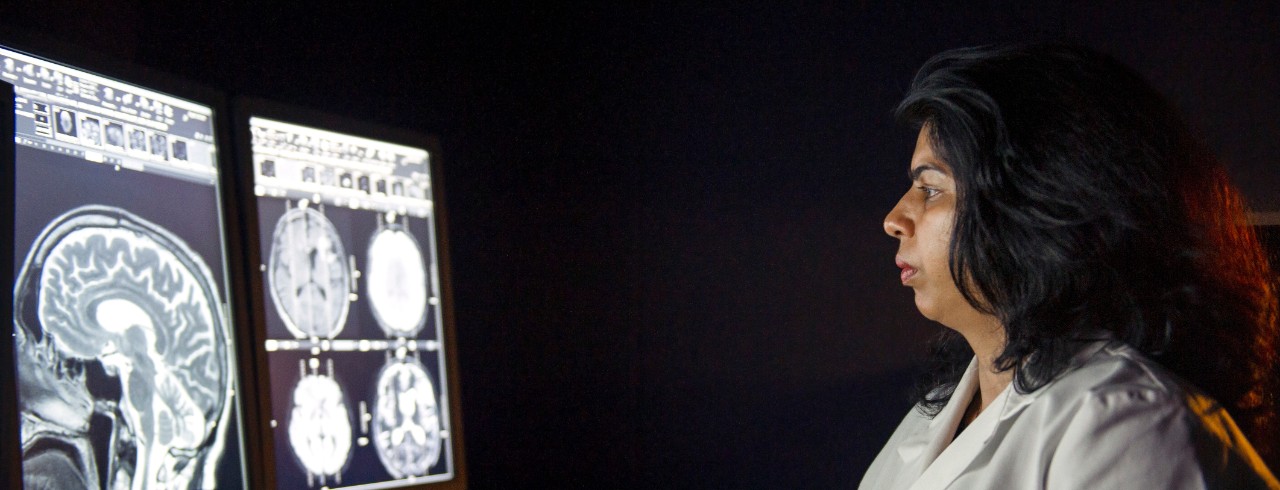
Neurology Today: How and where artificial intelligence works for stroke detection
Nearly every industry is wrestling with how artificial intelligence (AI) will affect its future, and the area of stroke imaging and care is no exception.
Achala Vagal, MD, vice chair of research and professor of radiology in UC’s College of Medicine and a UC Health neuroradiologist, was one of several experts who discussed this topic with Neurology Today.
“As powerful as AI is, I don't think it can ever replace the human expert,” Vagal said. “We cannot take AI as gospel. I call it augmented intelligence: it's one more tool to help us help our patients.
“For me, the paradigm shift is that we have our desktop PACS workstations for viewing images, but the decision-making and communication about triaging the patient is happening on a different platform, on the phone,” Vagal continued. “We radiologists need to stay actively involved with the rest of the stroke team in interpreting and confirming what the AI is saying.”
Read the Neurology Today article.
Featured photo at top of Achala Vagal looking at brain scans. Photo/Colleen Kelley/UC Marketing + Brand.
Related Stories
News Cincinnati loved in 2025
January 2, 2026
The story of prohibition bootlegger George Remus was among WLWT's favorite segments in 2025. UC Law Professor Christopher Bryant spoke with journalist Lindsay Stone about Remus using a temporary insanity defense during a murder trial.
What to know about this year’s big tax changes
January 2, 2026
Local 12 reported that taxpayers can expect some major changes this tax season. Gary Friedhoff, adjunct instructor at the University of Cincinnati’s Carl H. Lindner College of Business, recently spoke to Local 12 about how to avoid surprises.
Study finds police officers face higher long-term health risks
January 2, 2026
J.C. Barnes, a University of Cincinnati professor, is interviewed by Spectrum News about new research showing that the physical and psychological demands of law enforcement can contribute to earlier deaths.
